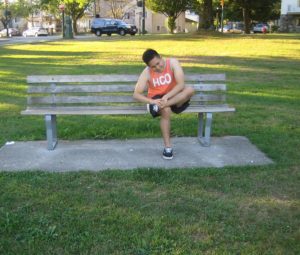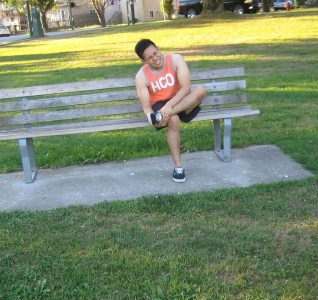Gout is characterized as a painful type of arthritis which involves inflammation of the joints and tendons as well as other tissues. The condition typically affects a single joint at a time and most cases usually affect the big toe. It can also affect the knee, leg, foot, ankle, wrist or even the elbow. The fingers are less affected and rarely the spine. It is important to note that men are usually affected by gout.
What are the causes?
Gout develops once there is high levels of uric acid in the blood. The uric acid is produced during the breakdown of proteins and eliminated by the kidneys via urine. Once the body could not effectively eliminate the excess uric acid in this manner, it accumulates as monosodium urate crystals. These crystals gather around the joints, tissues and tendons, thus triggering inflammation and intense pain.

Why men are at risk for gout?
The condition affects mostly men over 45 years old. Other contributing factors include being overweight, high intake of alcohol and using diuretics. Excess intake of meat and fish packed with chemicals known as purines can also add up to the condition. In addition, women are more likely to develop the condition during the post-menopausal stage.
What are the signs and symptoms?
If an individual has gout, the affected area turns swollen, red, painful and inflamed. The urine output is less than normal and concentrated in color.
In the acute form, an attack typically lasts for 4-10 days. In chronic cases of gout, an attack typically recurs at the area of the initial attack and can later affect other joints and areas. If not treated, the crystal deposits can lead to the development of arthritis as well as damage the liver, kidneys, heart and the arteries.
Management
The treatment for gout depends on whether it is an acute attack or if it a long-term chronic condition.
Acute gout
Non-steroidal anti-inflammatory drugs (NSAIDs) are utilized to minimize the swelling and ease the pain. Take note that corticosteroids can be used if these are not tolerated well by the individual. In addition, colchicine is occasionally given and helpful for those who have heart issues.
Chronic gout
The frequent recurrence of acute gout might necessitate long-term interval measures such as allopurinol to minimize the formation of uric acid or probenecid is prescribed by the doctor to increase the elimination of uric acid from the body. Remember that these drugs must not be started during an acute attack but can be used indefinitely. In case an acute attack develops during treatment, the medications must be continued.

